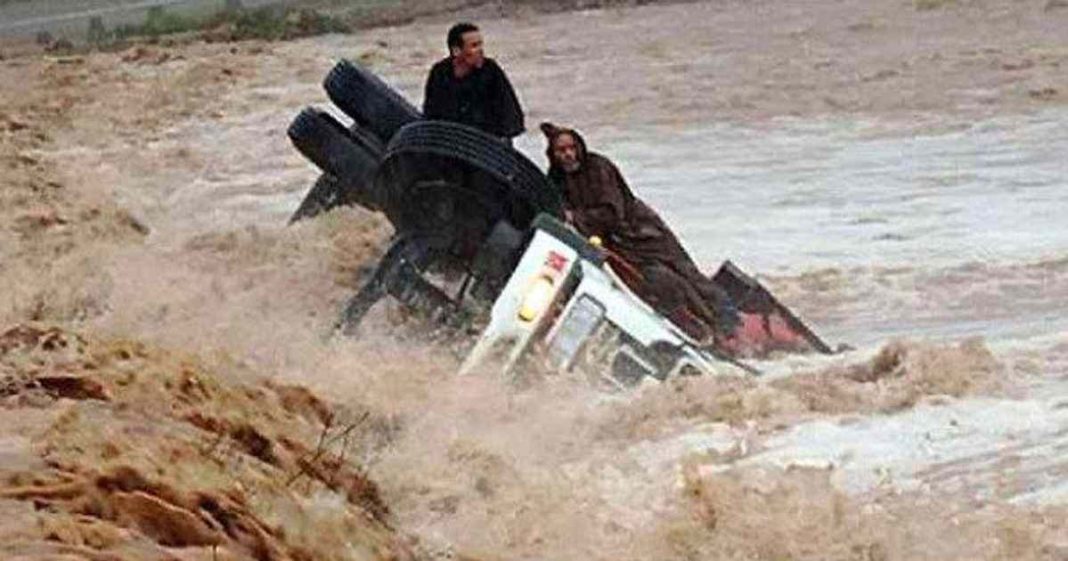Be it lives, homes or infrastructure, reports on devastations caused by floods are worsening with the passage of time. Earlier, Finance Minister Miftah Ismail reported a loss of $10 billion caused by massive flooding. According to the most recent statistics, the economic losses and damages caused by the flash floods could range between $15 billion and $20 billion.
Read more: Flood-related economic losses escalate from $10bn to $12.5 bn
According to the preliminary analysis, the economic losses range from $15 billion to $20 billion, reflecting massive damages experienced by the country as a result of flash floods inundating vast populations.
The majority of the economic loss estimates are based on data collected up to September 5 and released by the National Disaster Management Authority (NDMA), however the figures are still subject to adjustment.
“We have updated our earlier estimates of the economic losses to $15 billion to $20 billion in light of new information,” said Dr Aisha Pasha, the Minister of State for Finance who spearheaded the exercise.
“In light of fresh information, we have revised our earlier estimates of economic losses to $15 billion to $20 billion,” said Dr. Aisha Pasha, the Minister of State who oversaw the exercise.
Moreover, the report also indicated that the floods could further increase country’s trade deficit by $4 billion and the additional impact on the current account deficit is also estimated in the range of $4 billion to $5 billion.
Read more: How the floods caused heavy damages to Pakistan
Economy of Pakistan has already been weakened due to numerous upheavals faced. Resultantly, it cannot cope with enormous losses of $15 billion to $20 billion, which include both direct economic losses and asset losses, and will require massive worldwide assistance.
It is pertinent to mention that Pakistan is paying the cost of other countries’ actions. Even though Pakistan’s contribution in warming gases is less than 1 percent, the country has become the victim of global warming.
The Early Assessment of Flood Impact on Pakistan’s Economy report is aimed at documenting the losses of economic productivity and damage to public and private infrastructure being assessed by different organizations of the government.
According to the report, the government will come up with more firmed-up assessment of damage after a thorough exercise of the damage assessment.
According to the estimate, 9 million to 12 million more people will slip into poverty, and 1 million to 2 million people have lost their jobs. It also said that women make up 77.7% of informal workforce in rural areas, with six out of ten employed young women working in agriculture.
According to the assessment, the majority of these women have also been livestock caretakers, resulting in perilous outcomes while attempting to safeguard their livestock during the floods or surviving with the same in difficult living situations.
Revision in GDP growth estimates
In contrast to early forecasts of GDP growth of more than 2%, updated assessments indicate that growth may fall below 2%. According to the research, GDP growth in fiscal year 2022-23 is predicted to continue between 1.8% and 2.3%.
According to the early report, the overall loss in GDP growth will be 2.8% to 3.3% as a result of the floods.
According to preliminary data, as many as 604,212 small businesses have been affected, which are linked to the livelihood of 6.55 million individuals who are currently without jobs and earning prospects. According to estimates, there are 282,167 SMEs in Sindh.
Large-scale devastations caused by massive floods need persistent attention and huge financial assistance. These floods have given a jolt to the already weakened national economy and left a major proportion of population is desperation.














